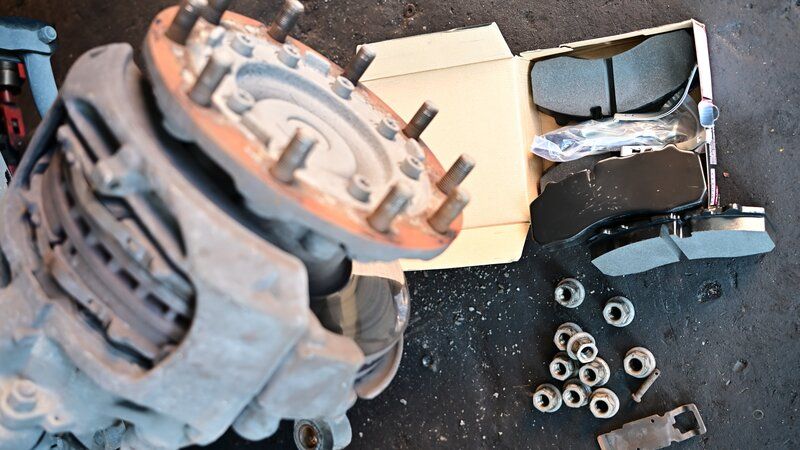Parts Shortage Challenges Truck Uptime in Southeast Asia

Delays in sourcing essential components are affecting commercial vehicle operations across the region. Maintenance and procurement strategies are being reshaped to cope with ongoing disruptions.
Spare parts availability has emerged as a significant challenge for fleet operators in Southeast Asia. In addition to persistent issues such as fuel costs and driver shortages, delays in parts delivery are now contributing to reduced vehicle uptime and increased pressure on workshop schedules.
The automotive parts aftermarket in Asia-Pacific is valued at over USD 60 billion, with demand growing steadily at around six percent annually. However, global supply chain disruptions, higher manufacturing costs and port congestion continue to affect shipments from key production hubs in China, India and Europe.
Recurring Delays Impacting Operations
Parts shortages continue to disrupt daily maintenance and delivery schedules across the region. Commonly affected components include:
• Brake pads and discs, essential for safety and roadworthiness
• Engine sensors and control modules, impacted by global semiconductor shortages
• Fuel injectors and filters, affected by delays in raw material supply
• Wiring harnesses and electrical parts, often delayed due to port congestion
• Suspension components, subject to shipping and inventory fluctuations
When these parts are delayed, vehicles remain off the road longer, resulting in missed deliveries and reduced fleet productivity.
Alternative Sourcing Comes with Risks
To reduce delivery delays, grey market channels and parallel imports are sometimes used as an alternative. While this may shorten waiting times, the use of non-genuine or poorly sourced parts carries risks. These can include premature failures, invalidated warranties and potential safety issues. What appears to be a quick fix may ultimately lead to greater costs and extended downtime.
Workshops Facing New Pressures
Longer job queues are becoming more common in workshops, not due to labour shortages, but because required parts are unavailable. In some cases, refurbished components are being used, or non-critical repairs are postponed to keep vehicles in operation. While this can offer short-term relief, it may lead to increased repair frequency or unexpected breakdowns.
How Allegiance Malaysia Is Managing the Situation
Allegiance Malaysia shared that the supply chain still hasn’t returned to pre-Covid levels. “Production and distribution costs have increased, and some manufacturers are reorganising or outsourcing to reduce costs. That often results in longer wait times and inconsistent product quality.”
These challenges are affecting all levels of the supply chain. “When manufacturers raise prices, distributors lower their order volumes. In response, end-users may choose cheaper alternatives, but these can lead to further damage or even accidents if the parts fail.”
To address this, Allegiance Malaysia has refined its procurement approach. “We use sales and inventory data across our group to optimise stock levels. That helps reduce lead times and manage costs more effectively.”
The company has also introduced a remanufacturing service. “We encourage customers to send us damaged parts. If they meet our criteria, we remanufacture them to a reliable standard. This gives customers a standby unit, helping to cut costs and reduce downtime.”
Broader Industry Measures
To improve availability, some commercial vehicle manufacturers are:
• Building inventory buffers at regional hubs
• Adjusting stock levels based on common service trends
• Collaborating with local partners to shorten delivery times
Even with these measures in place, supply chain recovery remains gradual. Fleet operators are encouraged to maintain a stock of high-demand parts and to plan maintenance proactively.
Recommendations for Fleet Operators
To manage parts-related delays more effectively, fleet operators can consider the following actions:
• Stock critical parts – maintain on-site supplies of essential items such as filters and brake pads
• Schedule early maintenance – use service history or telematics to forecast needs
• Work with multiple suppliers – build relationships with official and trusted third-party vendors
• Track parts usage – monitor component consumption using fleet software or manual records
• Stay informed – maintain regular communication with distributors and manufacturers
Where Things Stand
Spare parts availability may not always be the most visible issue in fleet management, but it is increasingly one of the most disruptive. Extended lead times, inconsistent supply and rising costs are forcing both operators and workshops to rethink how components are sourced and managed.